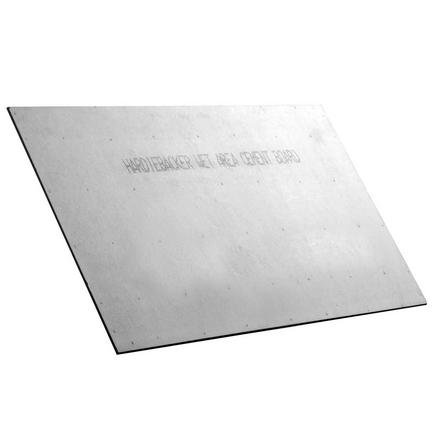

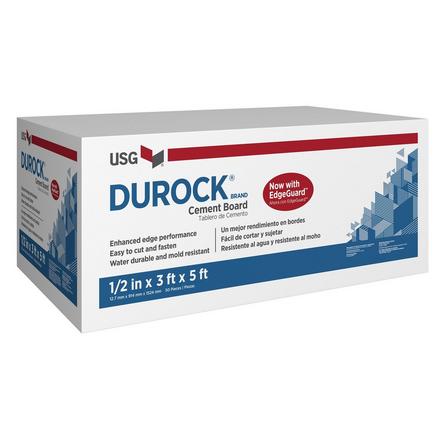
Durock Cement Board with EdgeGuard
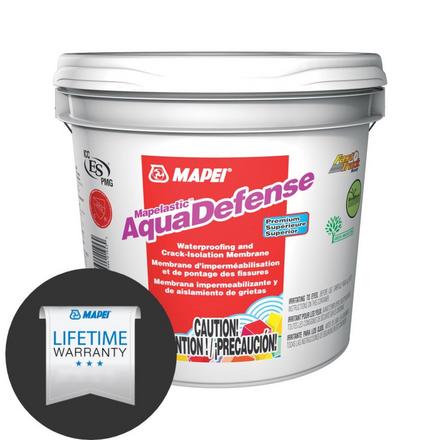
Mapei AquaDefense
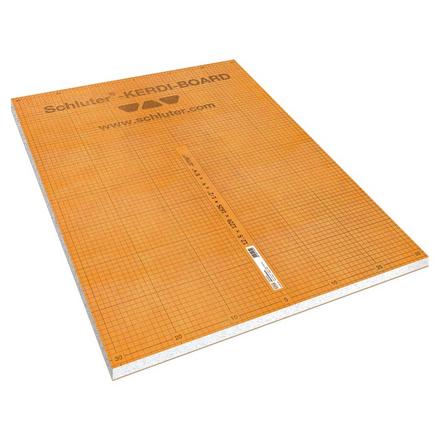

Schluter Kerdi-Board 1/2 in. Waterproof Foam Board Panel

Mapei Primer-T

Mapei Eco Prim Grip

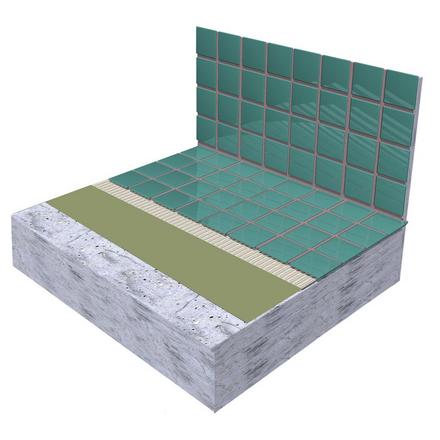
Laticrete Hydro Ban 5gal.
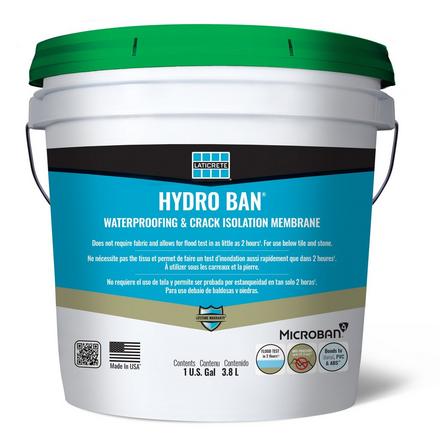
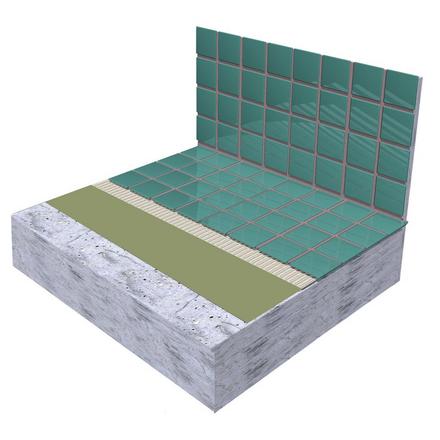
Laticrete Hydro Ban 1gal.
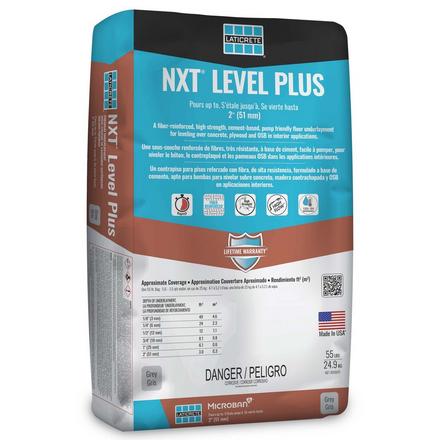
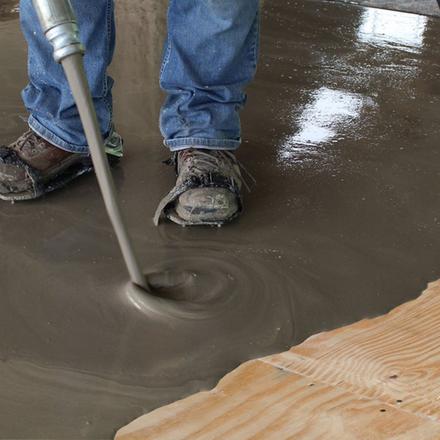
Laticrete NXT Level Plus Self Leveling
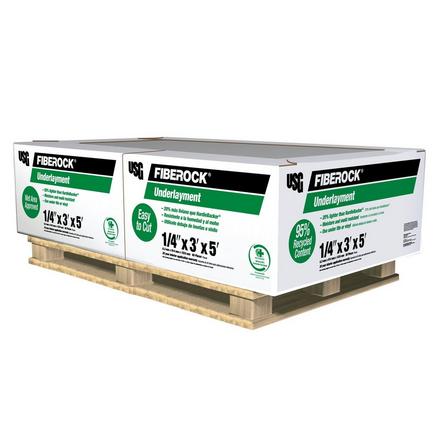
Fiberock Backer Board

Protecto Wrap 6000 Water Based Primer
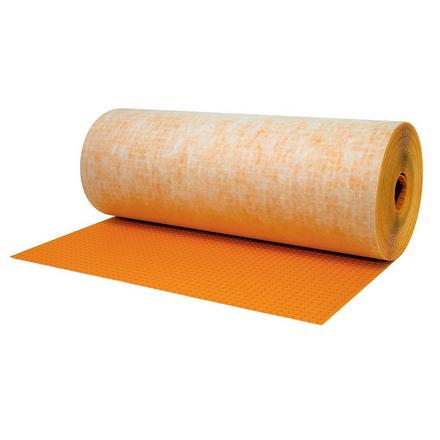

Schluter-Ditra Polyethylene Membrane Roll
Tile Flooring Preparation Installation Materials
Prior to laying your new floor, you will need to do a bit of tile floor preparation. The very first step in tile floor prep is to remove your old tile floor. Once you have taken out the old tile and removed any remaining thinset on the floor, you will want to inspect your subfloor. Fix any necessary spots on the subfloor and you are well on your way to installing your new tile floor.
The next step of your tile floor preparation is to ensure that there is a solid barrier to protect your subfloor or wall from moisture, particularly in a bathroom. This is where cement board, or backer board, comes in. Cement board is a combination of reinforced fibers and cement that is designed to be moisture resistant and provide a solid base for tile. This back board ensures that you can get your best tile project.
If you choose to not use a cement board or backer board, you will want to use the correct tile underlayment for your project. When installing the underlayment, you will need tile underlayment adhesive. The tile underlayment adhesive keeps the underlayment in place, ensuring it doesn’t move underneath your installed tile or stone floor.
For your tile floor prep you will also need mortar. Tile mortar is a combination of cement, finely blended sand, and a water retention compound. This allows the tile to properly set to your backing or underlayment and is what bonds the two. Tile mortar can be laid in a variety of thicknesses depending on the project but is a necessary step in laying tile.
No matter whether you are installing ceramic, porcelain, or stone tile, we have all the tile floor preparation materials you need to lay a beautiful tile floor.
